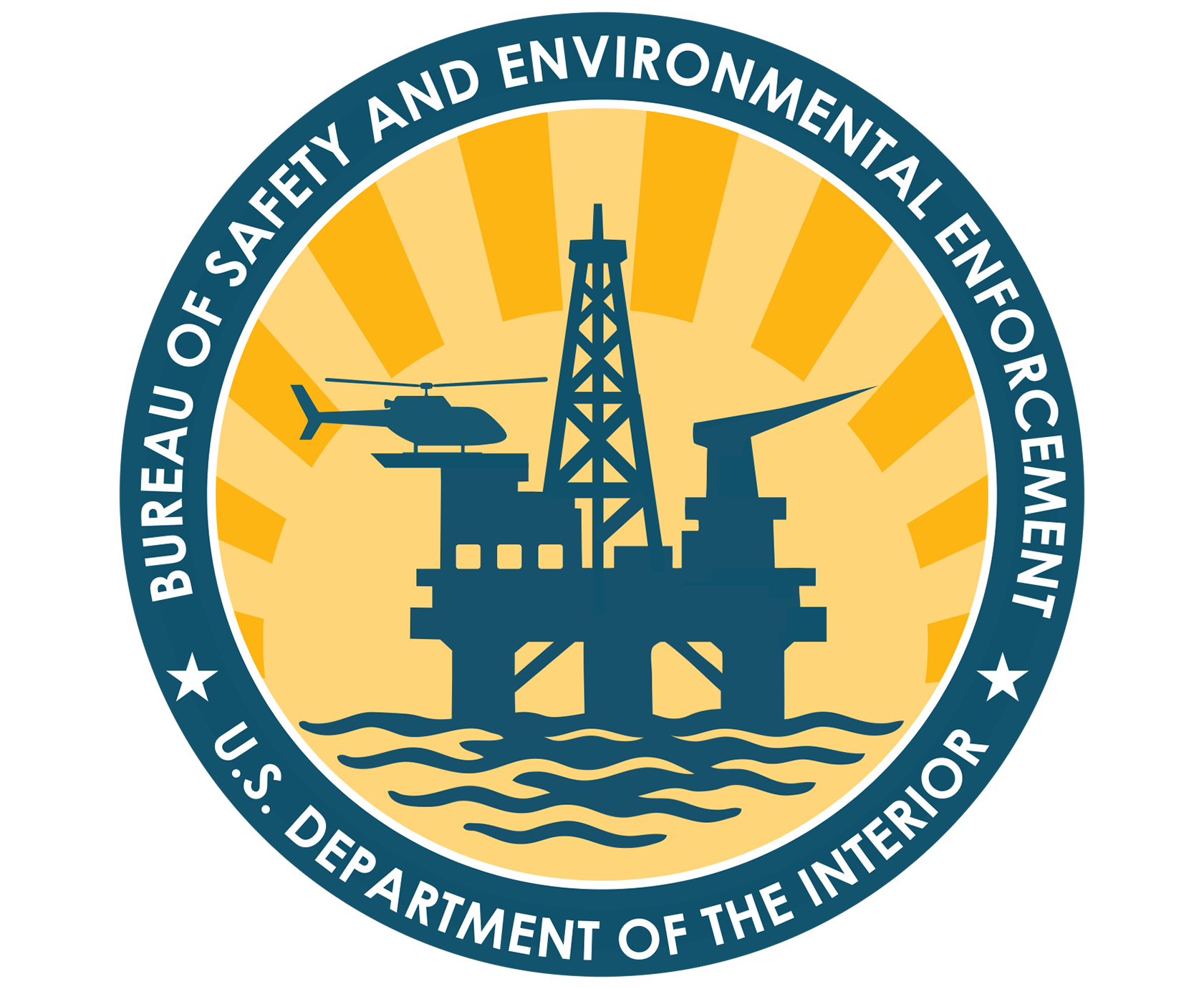As the oil spill response community has become increasingly aware, developing an adequate response plan or evaluating a plan requires that one address a comprehensive set of elements that may affect the overall success of the response system. For example, in order to adequately evaluate the potential success of an offshore containment and recovery system, the pumping rate of the skimmer, while important, is only one of many elements that must be evaluated. This is exemplified in ASTM F1780, Standard guide for estimating oil spill recovery system effectiveness. This standard includes consideration of the oil slick encounter rate, oil slick thickness changes, the effect of oil slick emulsification, skimmer recovery rate, skimmer efficiency, operating limits imposed by weather and sea conditions, and transit speeds and offloading rates related to storage and transfer operations among other factors. F1780 was initiated in the early 1990s and was based on a computerized response evaluation system that SL Ross has used for clients since 1985. A similar system is proposed for evaluating in-situ burning (ISB) operations, and would consider the following factors:
- Mobilization and transit times
- Variations in slick conditions as a result of spill type (i.e., batch versus blowout)
- Changes in slick thickness
- Changes in slick composition and emulsification
- Lengths of fire-resistant boom that can be effectively managed, and based on this, swath widths
- Slick encounter speeds
- Burn rates
- Degradation of boom as a result of heat exposure
- Burning Offset Distance
- Operating Period
In the project initiation meeting, BSEE requested the following be addressed as well:
- Identify the range of operating conditions that in situ burning can be used (sea state, winds, ignition window of opportunity for various oil types);
- Establish the required components of an in-situ burning "system";
- Identify a methodology to calculate a burn potential based on encounter rate and the parameters selected for the components of a "burn system";
- Establish minimum performance requirements for the use of firebooms.
BSEE also noted that while the involvement of ASTM was desirable as a tool for building consensus the overall objective was to develop a planning tool that could be used to evaluate ISB response plans irrespective of its potential development as an ASTM standard.
The report that follows is background to a potential guide for evaluating ISB operations. Each of the factors listed above is described as to their significance, and default values and/or acceptable ranges for each are proposed such that an overall model can be developed for evaluating ISB operations. The defaults and ranges are based, as much as possible, on documented literature covering field tests and operational uses of ISB over the past four decades, including:
- Experimental data from the Mobile, Alaska Clean Seas, and Ohmsett test programs in the mid- to late 1990’s
- Field data from burns performed in response to the Macondo spill (2010)
